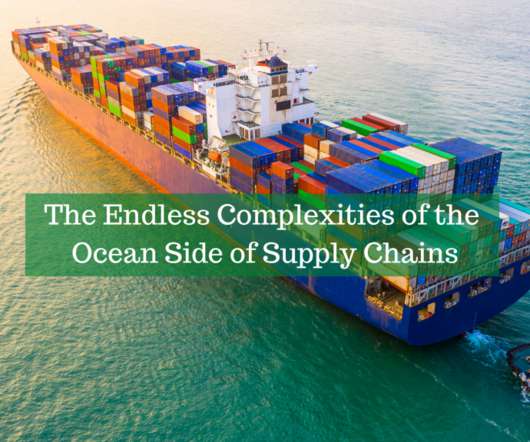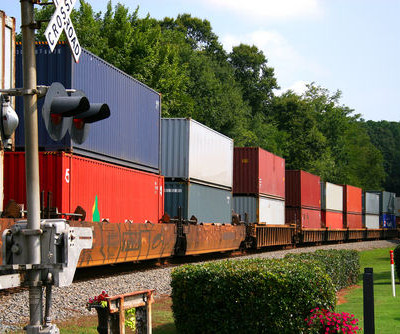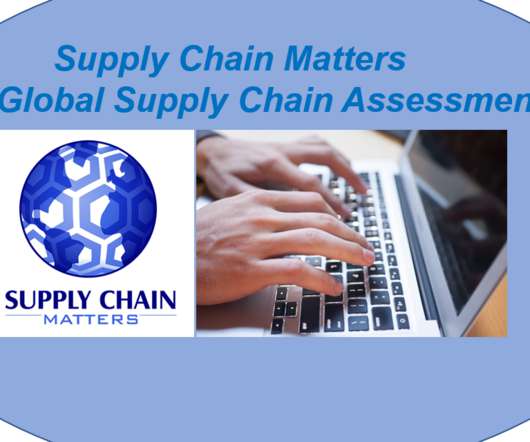Navigating Uncharted Waters: SMB Importers, 2024 and Red Sea Crisis Lessons
Freightos
JANUARY 15, 2024
Despite these efforts, to date the attacks continue, pushing most major carriers representing over 60% of global container capacity, to alter their routes. For example, the Freightos Baltic Index indicates a 69% increase to North America’s East Coast and a staggering 226% to Northern Europe since the crisis began.


























Let's personalize your content